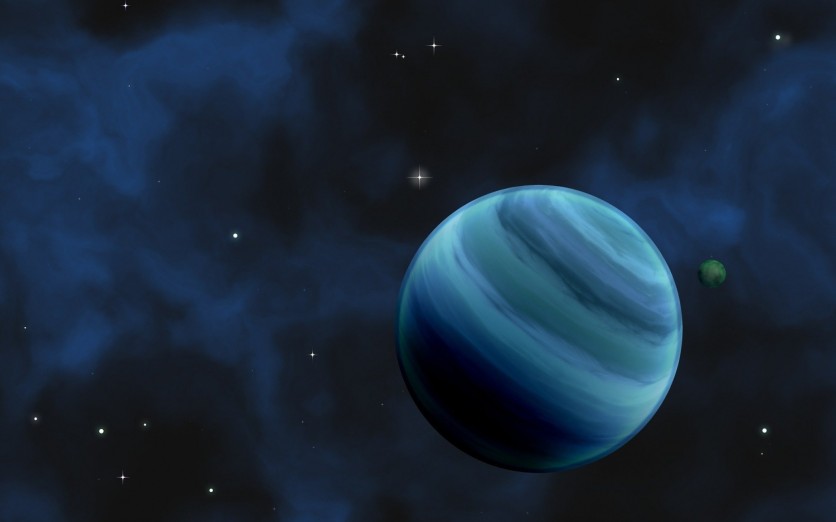NASA's James Webb Space Telescope is poised to investigate seven Earth-sized planets orbiting the TRAPPIST-1 star, 40 light years away, raising the hope of detecting signs of life beyond our solar system.

Webb Set to Detect Signs of Life in 7 Earth-sized Planets
Doug Hudgins, Exoplanet Program Scientist at NASA Headquarters, highlighted the pivotal role of the James Webb Space Telescope in unlocking the secrets of these distant worlds. Meanwhile, other NASA missions like Spitzer, Hubble, and Kepler actively study these planets.
Hannah Wakeford, a postdoctoral fellow at NASA's Goddard Space Flight Center, emphasized that the upcoming Webb telescope is ideally suited to characterize these planets, possibly throughout its operational lifetime.
"For thousands of years, people have wondered, are there other planets like Earth out there? Do any support life?" said Sara Seager, an astrophysicist and planetary scientist at MIT. Now, we have a bunch of planets that are accessible for further study to try to answer these ancient questions."
Engineers and scientists at Goddard are rigorously testing the Webb telescope, which will utilize infrared technology to observe these planets, surpassing our current observational capabilities.
Wakeford underscored the Webb telescope's transformative potential, stating that its extended wavelength coverage will provide invaluable insights into the atmospheric composition of these planets, including the presence of water, methane, carbon monoxide/dioxide, and oxygen.
Webb's launch in 2018 heralds a new era of exoplanet exploration, with spectroscopy emerging as a vital tool for analyzing the chemical makeup of distant atmospheres. By identifying chemical biomarkers like ozone and methane, Webb aims to discern potential signs of life.
Crucially linked to biological processes, ozone is a compelling indicator of extraterrestrial life. According to NASA, Webb will also probe for methane, shedding light on the biological mechanisms responsible for oxygen production and ozone formation.
Read Also : NASA James Webb Space Telescope is on the Hunt for Forming Planets to Capture in Full-Detailed Glory
Planets e, f, and g
The recent discovery of the TRAPPIST-1 planets presents an unprecedented opportunity for Webb to investigate a nearby planetary system. Planets e, f, and g, identified as promising candidates, reside within the habitable zone, potentially harboring conditions conducive to liquid water.
According to NASA, the abundance of Earth-sized planets in the TRAPPIST-1 system promises insights into comparative planetology, facilitating a deeper understanding of fundamental planetary processes.
Wakeford highlighted the uniqueness of the TRAPPIST-1 system, boasting seven Earth-sized planets, three of which orbit within the habitable zone. Hence, this system offers an unparalleled opportunity to scrutinize each planet's atmosphere.
"It is also the first system bright enough, and small enough, to make it possible for us to look at each of these planets' atmospheres. The more we can learn about exoplanets, the more we can understand how our own solar system came to be the way it is," Wakeford said in a statement.
"With all seven planets Earth-sized, we can look at the different characterisitics that make each of them unique and determine critical connections between a planet's conditions and origins."
Related Article : NASA's James Webb Space Telescope Takes a Look at the Mysterious Cosmic Tendrils of NGC 604

![Apple Watch Series 10 [GPS 42mm]](https://d.techtimes.com/en/full/453899/apple-watch-series-10-gps-42mm.jpg?w=184&h=103&f=9fb3c2ea2db928c663d1d2eadbcb3e52)



